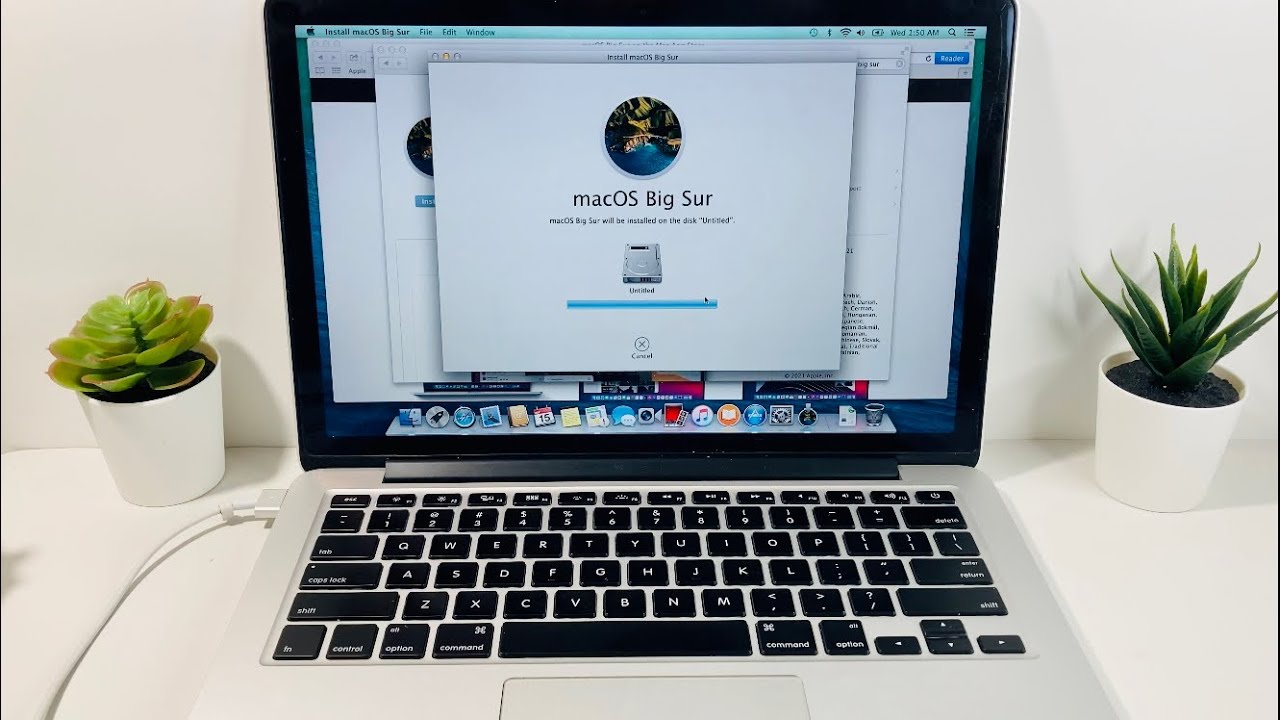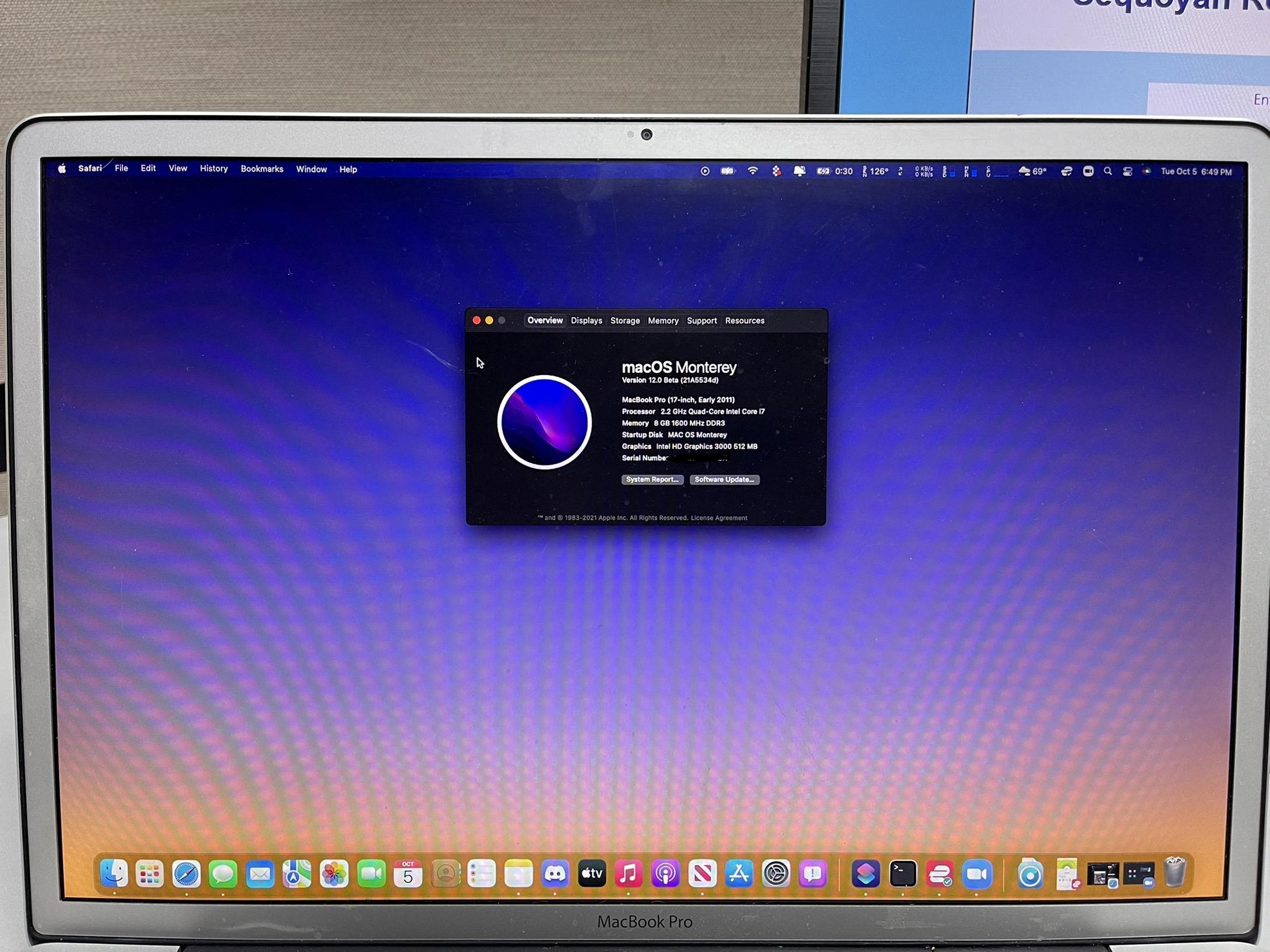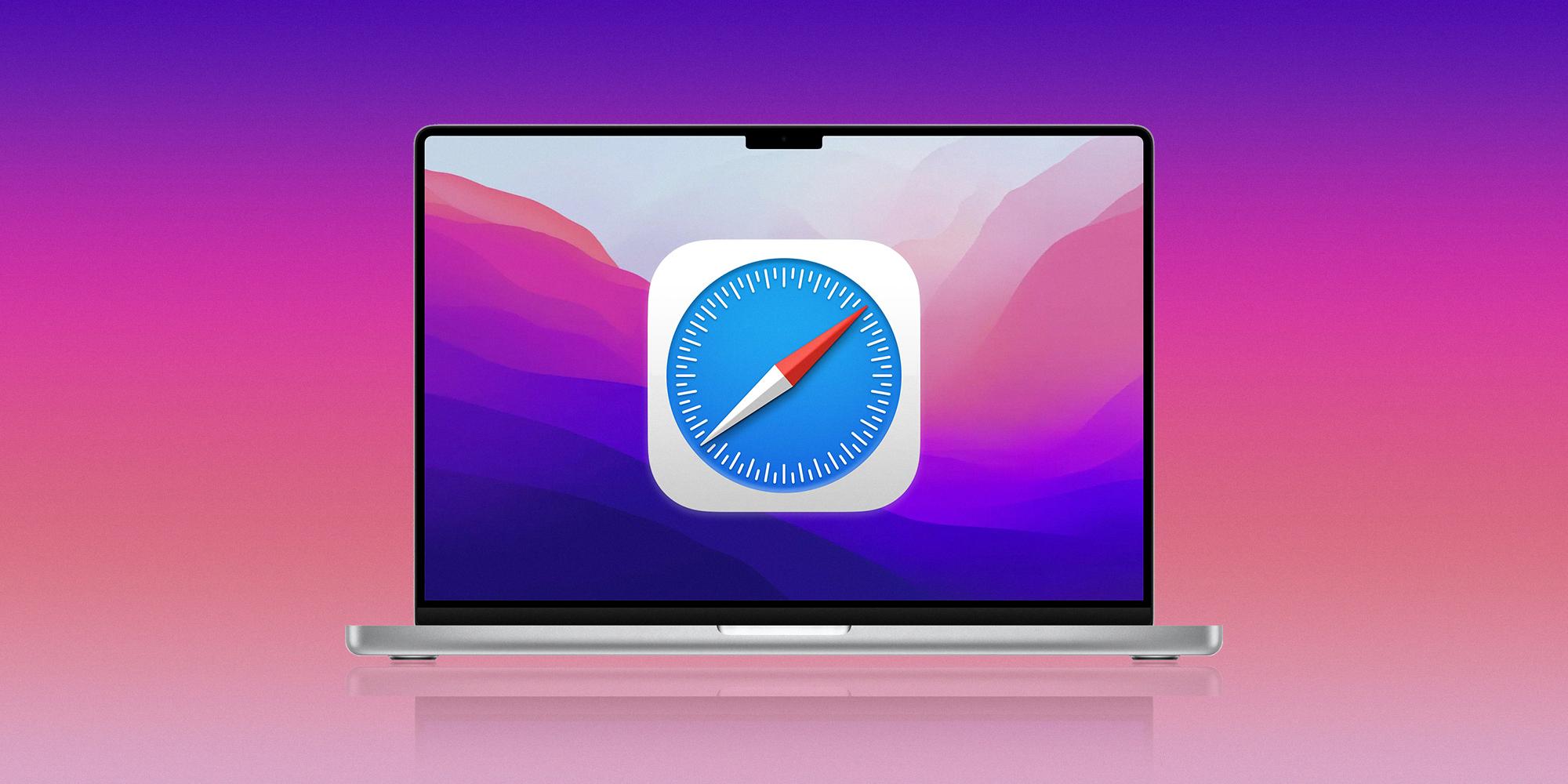Are you the proud owner of an older Macbook? Then you know how difficult it can be to keep up with the latest updates. Fortunately, there are a few simple steps you can take to ensure your Macbook stays up-to-date and secure.
First, make sure there is enough storage space on your Macbook. Without enough free space, your Macbook won’t be able to download and install the new updated files. To check how much storage space you have available, simply click the Apple icon in the upper left corner of your screen and select “About This Mac” from the drop-down menu. Here, you will see an overview of your current storage capacity.
If you don’t have enough free space for the update files, try removing some large files or programs that are no longer being used. You can also try transferring some of your data to external storage devices such as USB flash drives or external hard drives if necessary.
Once you have ensured that there is enough free space on your Macbook for the update files, click on the Apple icon in the upper left corner again and select “System Preferences” from the drop-down menu. From here, select “Software Update” which will allow you to check for any available updates for your Macbook. If Software Update finds new software, click the “Update Now” or “Upgrade Now” button to install it (you may need to enter your administrator password).
If Software Update does not find any new software or if updating fails for any reason, try restarting your Macbook and then checking Software Update once again. If that still doesn’t work, try resetting your NVRAM (Non-Volatile Random Access Memory) by restarting while holding down the command + option + P + R keys until two startup tones sound (or until the Apple logo appears twice). Once resetting is complete, try checking Software Update once again.
If all else fails, try using a Combo Update which will completely reinstall macOS on your system without needing to erase all of its settings or data first. This may be necessary if something goes wrong during a regular update but only use this option as a last resort as it could potentially cause problems with some of your existing programs or settings.
By following these simple steps you can easily keep up with all updates available for your older Macbook and ensure it remains secure from potential security threats!

Can Older Macs Still Receive Updates?
Yes, a Mac can be too old to update. Apple typically supports its operating systems for around three years after their initial release date. If you’re using an older version of macOS, such as Mojave, you will still get security fixes for these three years. However, after that period of time, the system may no longer qualify for service and support from Apple and may not receive any further security updates. As such, it is important to ensure your Mac’s operating system is kept up-to-date with the latest patches and updates in order to maintain optimal security against potential threats.

Source: reddit.com
Updating an Old Mac to the Latest Version
If your Mac is running an older version of macOS, you can update it to the latest version with just a few steps. First, open the App Store app on your Mac and click the Updates tab at the top. Then, check for available updates by clicking on the Update All button at the top-right corner of the window. You may be prompted to enter your administrator password.
Next, select any optional updates that are available and click Install or Update Now. Then, follow any on-screen instructions to complete the installation process. Once this is finished, your Mac will be running the latest version of macOS.
It’s also important to keep your apps up-to-date as well. To do this, open the App Store app and click on Purchased at the bottom of the window. Then, find any apps that have updates available and click Update next to them.
Finally, make sure you have a backup of all important files before updating macOS in case something goes wrong during the installation process. This way you can restore any lost data if necessary.
Troubleshooting Mac Updates That Won’t Install
If your Mac won’t update, there are a few steps you can take to try and fix the issue. First, ensure there is enough storage space on your Mac by checking the available storage in the ‘About This Mac’ section of System Preferences. If you are running low on storage space, you may need to delete some files or transfer them to an external drive.
Next, restart your Mac to see if that resolves the issue. If this doesn’t work, check your Wi-Fi connection and make sure it is working properly. Additionally, check for any server errors that may be preventing the update from happening.
If these steps don’t help, try resetting the NVRAM (Non-Volatile Random Access Memory) on your Mac. To do this, turn off your Mac and then turn it back on while holding down Command+Option+P+R until you hear a startup chime twice. You can also try booting up in Safe Mode by holding down Shift during startup and running a Safe Mode configuration.
If none of these steps work, try downloading a Combo Update from Apple’s website instead of running Software Update through the App Store app. Once downloaded, open Finder and navigate to where the Combo Update was saved and double-click it to run it manually. Lastly, make sure that the Date & Time settings are set to automatic so they are synced with Apple servers. Following these steps should help you update your Mac if it won’t update otherwise!
The Inability to Update an Older Mac
Your Mac needs to have enough free space to download the new update files before it can install them. It may also be that your Mac is too old to support the latest version of macOS. Your Mac must have a 64-bit processor and at least 2GB of memory to run the newest operating system. Some models, such as those released before mid-2012, are not compatible with newer versions of macOS. Additionally, if your Mac has an older graphics card, then it may not be able to support all of the features included in the latest version of macOS. Finally, some applications on your Mac may not be compatible with newer versions of macOS and must be updated or removed before you can upgrade your system.

Source: 9to5mac.com
Conclusion
In conclusion, Macbooks are powerful pieces of technology that can offer users a wide range of features and benefits. They are reliable and secure machines that can handle regular tasks with ease while also providing users with access to the latest apps and software. Macbooks come in a variety of sizes, so there is an option for everyone. They are easy to use, but they require regular updates to keep them secure and running optimally. With the right care, Macbooks can offer users an enjoyable computing experience for years to come.







